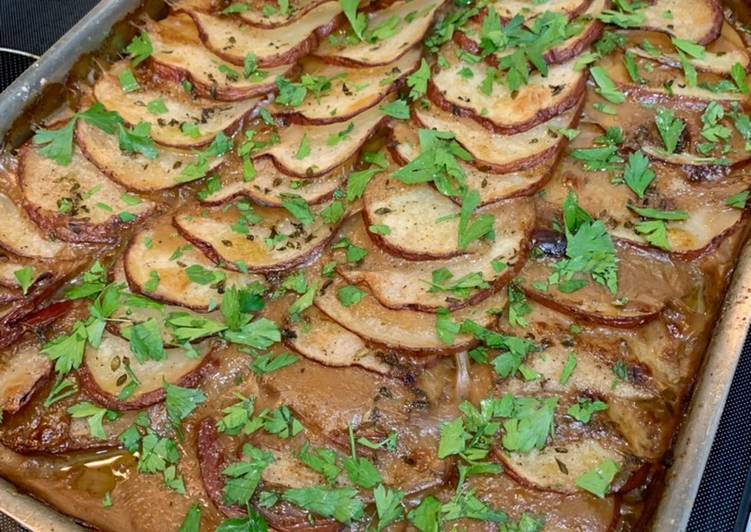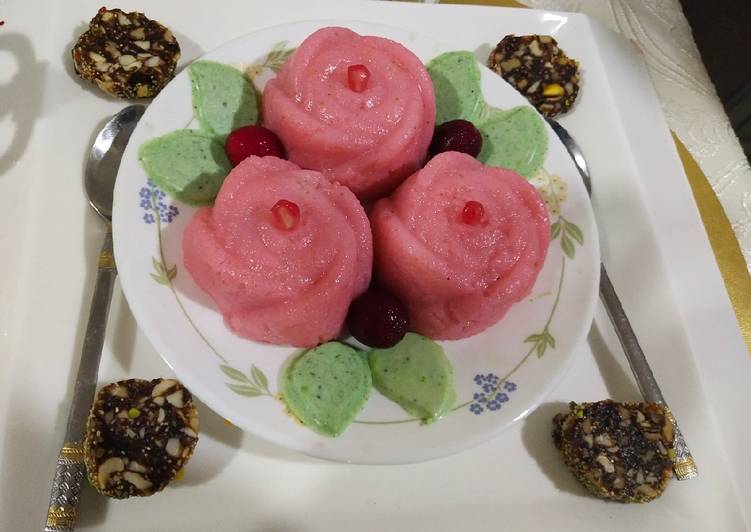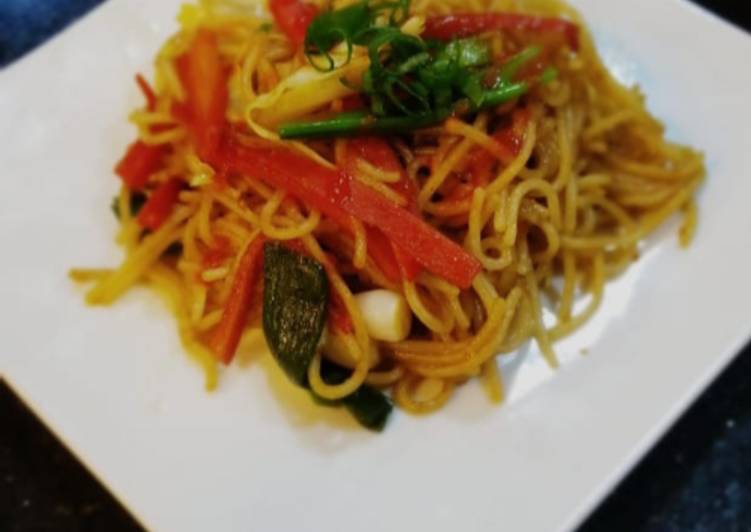
Hello everybody, I hope you are having an amazing day today. Today, I will show you a way to make a special dish, lancashire hotpot. One of my favorites. This time, I am going to make it a little bit tasty. This will be really delicious.
It's a simple meal that would have been left to cook slowly all day, ready for the hungry cotton workers at. A traditional meat and vegetable stew originating from the North West of England. Heat oil in a large skillet over medium high heat.
Lancashire hotpot is one of the most popular of current trending meals on earth. It’s simple, it is fast, it tastes yummy. It is appreciated by millions every day. They’re fine and they look fantastic. Lancashire hotpot is something which I’ve loved my whole life.
Simple Way to Prepare Lancashire hotpot
To get started with this particular recipe, we must prepare a few ingredients. You can cook lancashire hotpot using 10 ingredients and 6 steps. Here is how you cook it.
Ingredients
The ingredients needed to make Lancashire hotpot:
- Make ready 3 lbs cubed lamb
- Get 1 tbsp veg oil & 1 tbsp butter for sautéing
- Prepare 1 cup baby carrots diced
- Prepare 1 1/2 large brown onions diced large
- Make ready 4 cups beef broth
- Take 8 tbsp flour
- Make ready 2 tbsp Worcestershire sauce
- Get 4 large red potatoes sliced thin
- Make ready 1 tbsp butter for brushing potatoes
- Make ready to taste Salt, pepper, thyme
Script error: No such module "For". Template:Use dmy dates Template:Infobox prepared food Lancashire hotpot is a stew originating from Lancashire in the North West of England. It consists of lamb or mutton and onion, topped with sliced potatoes and baked in a heavy pot on a low heat. Lancashire hotpot is a casserole dish originating in Lancashire county on the west coast of England.
Instructions
Steps to make Lancashire hotpot:
- Heat oven to 325°. In a deep casserole dish (or cast iron skillet) brown the lamb in the butter and oil and seasoning with salt, pepper, and thyme. Remove from heat and set aside (lamb will finish cooking in oven)
- Add carrots and onions to skillet and add a tsp beef broth here and there to prevent from burning (deglaze) Lightly season (because the beef broth has a a lot of sodium)
- Once onions are carmelized add the lamb back and sprinkle 4 tbsp of flour over the mixture. Mix then add the beef broth. Bring to a simmer til it thickens. Add Worcestershire sauce, and stir well.
- Cover with foil and place in oven for 30 min
- Remove from oven and add remaining 4 tbsp of flour to thicken. Whisk in quickly and add potatoes sliced on top. Brush with 1 tbsp melted butter with salt and pepper added to it. Sprinkle thyme on top. Recover and bake for another hour.
- Remove foil and turn oven up to 400° and bake for another 40 min. Garnish with parsley!
It consists of layers of meat and root vegetables, topped with a layer of potato slices. In the county of Lancashire in the United Kingdom, there is a long, slow-cooked casserole dish, famous for its simplicity and savoriness. The name of the dish is Lancashire hotpot, its name referring to a. Lancashire hotpot is basically a thick stew with a potato crust. It's a crowd pleaser and belly warmer.
As simple as that Recipe of Lancashire hotpot
So that’s going to wrap this up for this special food lancashire hotpot recipe. Thanks so much for reading. I’m sure you will make this at home. There’s gonna be more interesting food at home recipes coming up. Remember to save this page in your browser, and share it to your loved ones, friends and colleague. Thanks again for reading. Go on get cooking!
Print this page


